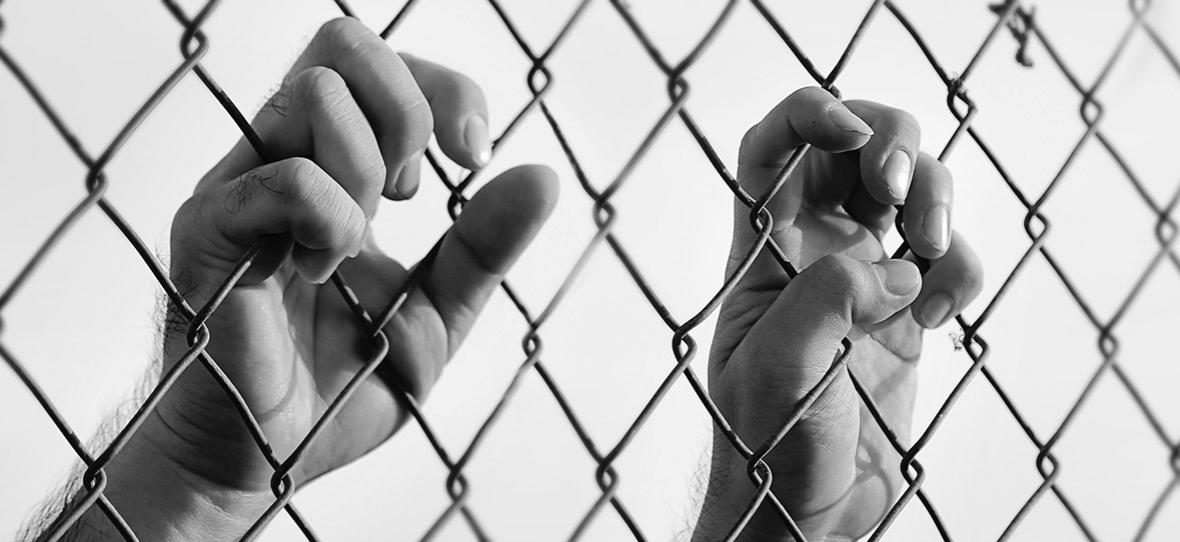The below is OCEAN Newsletter Volume 1, Issue 2, Article 4 (Aug. 15, 2019) published by Russell J. Hatton & Daniel A. Wilson from the gulag in Moose Lake Minnesota.
Humans are animals of progress and discovery. However, we are also afraid of taking responsibility. So although our natural curiosity has driven mankind to progress and discover in amazing ways, our fear of being personally accountable has hindered our mental health systems.
In relation to a propensity to sexually offend, to indoctrinate the idea that there will never be a cure, is to slam the door in the face of a possible cure. This is essentially what the Freud’s Medical Model has inadvertently done: suppressed a cure for sex offenders by preaching the doctrine that we have a “disease.” In other words, there is no “cure” because there is no “disease.” Sex offending is a choice and the solution is a few years in prison:
… The 80% recidivism rate [ for sex offenders] is an entirely invented number. .. [it came from] a Psychology Today article published in 1986. That article was written, not by a scientist, but by a treatment provider who claimed to be able to essentially cure sex offenders through innovative ‘aversion therapies’ including electric shocks and pumping ammonia into offenders’ noses via nasal cannulas. The article offered no backup data, no scientific control group, and no real way to fact-check any of the assertions made to promote the author’s program … But in the last 30 years since that Psychology Today article was published, there have been hundreds of evidence-based, scientific studies on the question of the recidivism rate for sex offenders . .. Convicted sex offenders have among the lowest rates of same-crime recidivism of any category of offender . .. one by the federal government that followed every offender released in the United States for three years .. … the results clustering around 3.5% [recidivism]. .. a study by the California Department of Corrections concluded that 91 % of sex offenders returned to California prisons were returned for. . . technical violations, while only 1.8% were returned as a result of having committed a new sex crime.¹
Sex offenders don’t need intense drawn out treatment because good old fashion prison is effective. This is because sex offending is a choice and if the punishment is severe enough, the offender will think twice about sexually offending. Personally, I believe a 1st time offender should get at minimum 20 years in prison. But a lifetime in prison, while being tricked into believing you can work your way out, is not only cruel, it’s unnecessary and expensive for tax payers.
As long as clinicians insist that clients are victims to external stimuli that enter the mind, causing the thoughts and emotions that lead to offending (ignoring the theistic belief in freewill), clinicians will never understand their clients. I agree with Dr. Jay E. Adams who wrote:
.. . the mental health viewpoint plainly wrong in removing responsibility from the sinner by locating the source of his … sexual problem in constitutional or social factors over which he has no control.. . the Medical Model took away the sense of personal responsibility. As a result, psychotherapy became a search into the past to find others (parents, the church, society, grandmother) on whom to place the blame. Therapy consists of siding against the too-strict Super-ego (conscience) which these culprits have socialized into the poor sick victim.²
People no longer consider themselves responsible for what they do wrong. They claim that their problems are allogenic (other-engendered) rather than autogenic (self-engendered). And when people seek help from mainstream sources they run the risk of experiencing iatrogenic (problems caused by treatment) symptoms.
Excuses have coddled our society even in recent events. School shootings are the fault of musical performers.
Bombings are the fault of religious ideology. And sexual offending is the fault of early exposure to porn, “negative emotions” caused by others, or one’s own experience of being sexually victimized. The idea is that one or all of these external influences somehow cause “volitional impairment” (an impairment in one’s own voluntary choice to act). “He couldn’t help it” has become the default go to since Freud. Richard T. LaPiere exclaims, ” … Freudian assumption that it is entirely natural for the criminal to act as he does and quite unreasonable for society to make him stand trial for being his antisocial self.”³
Dr. Jay E. Adams tells us how this allogenic mindset causes an iatrogenic outcome:
.. . personal helplessness, hopelessness, and irresponsibility are the natural results of the Medical Model. If a person’s problems in living are basically problems of disease and sickness rather than problems of behavior, he has no hope unless there is medicine or therapy which can be applied to his case. Since there is no medical cure for people in such trouble, they move from despair to deeper despair.

Now you know why MSOP is stacked to the ceiling with despair: because clients are taught that they are victims of their sexual impulses. They are victims of their “cycles” and “triggers.”
FOOTNOTES
1 Feige, David. “When Junk Science About Sex Offenders Infects The Supreme Court.” The New York Times, 12 Sept. 2 017
2 Adams, Jay E. Competent to Counsel: Introduction to Nouthetic Counseling. Presbyterian and Reformed Pub. Co., ©1970, pp. xiv, xvii-5
3 Ibid
4Ibid., p.7
“Convicted sex offenders have among the lowest rates of same-crime recidivism of any category of offender. .. Sex offenders don’t need intense drawn out treatment because good old fashion prison is effective.”




